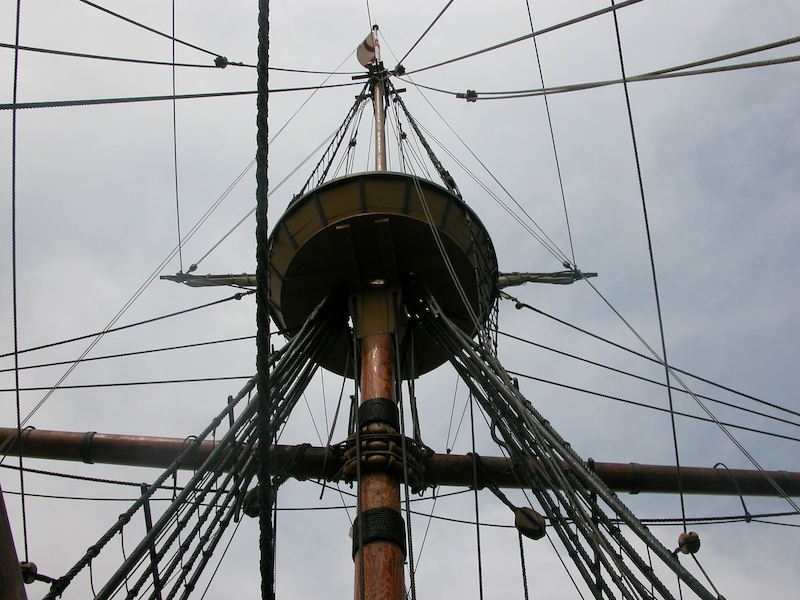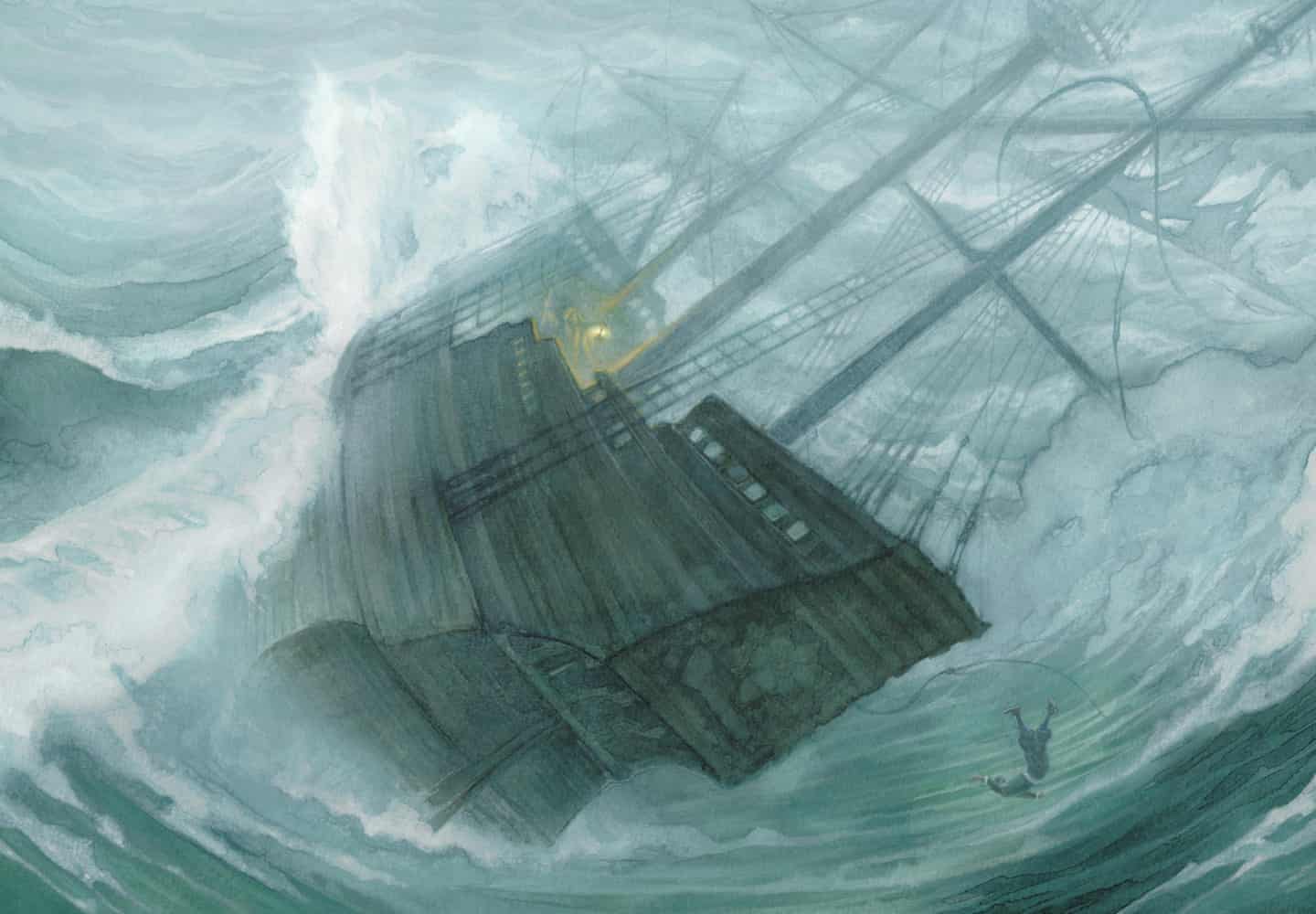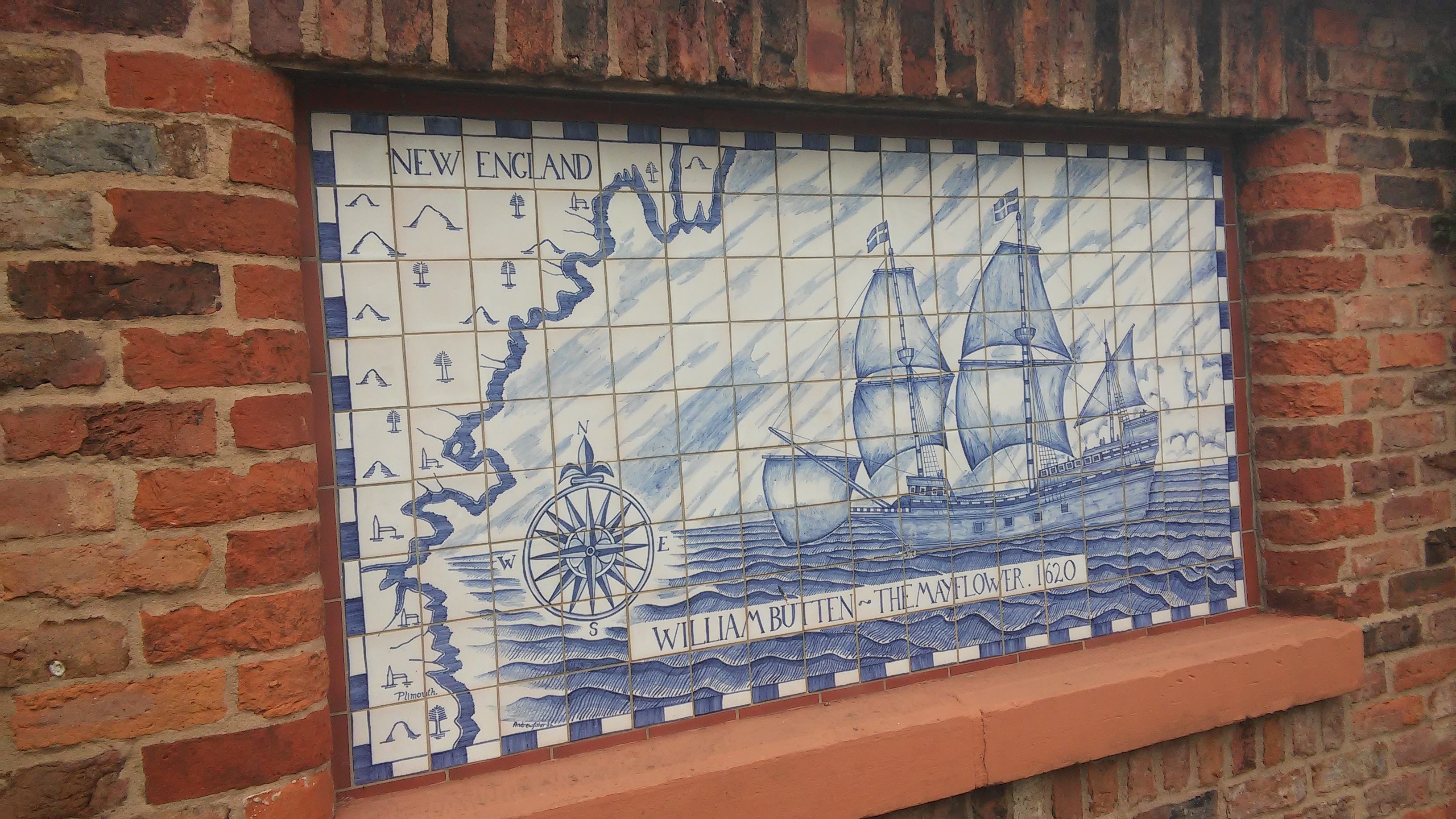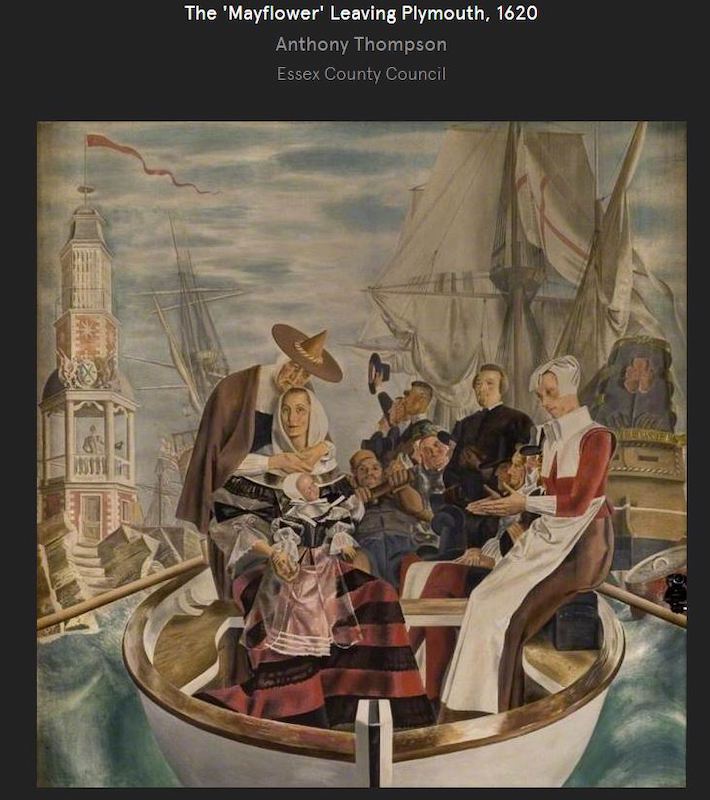

- Contact Us
- Search
-
Mayflower400 partner destinations:
66 days at sea: What life was like on board the Mayflower
The odds were firmly stacked against the passengers and crew who boarded the Mayflower some four centuries ago in a bid to start a new life across the Atlantic.
By the time the colonists set sail from Plymouth on 16 September 1620, many of them had experienced religious persecution; trouble with the law (including time in prison for some); betrayal from those they trusted; numerous stops in ports around the country, and the eventual demise of the Mayflower’s sister ship, the Speedwell.
Little did the group know, their hardships would only get worse during a voyage which saw emergency repairs, disease, death and even the birth of a new child.
This is the story of the Mayflower’s historic journey, and how the colonists finally reached North America after 66 gruelling days at sea.
Life on the open seas

The Atlantic Ocean was certainly full of dangers in the 17th century.
In rough seas, passengers would fall overboard and drown, or develop terrible illnesses which would often lead to death.
Many ships were attacked and taken over by pirates, while others were badly damaged or shipwrecked by storms.
The Mayflower many not have had to deal with pirates, sailing on a northern path across the Atlantic to avoid them, but those on board were battered by the elements during the crossing.
A terrible storm near the midway point of the journey is thought to have cracked one of the huge wooden beams that supported the frame of the ship.
It was so bad that the crew came close to making the decision to return to England.
Fortunately, one of the colonists had brought with them a metal jackscrew they had purchased in Holland to help with the construction of the new settler homes when they arrived in America.
This “great iron screw,” helped raise the broken beam back into place so that the ship could continue.
The Mayflower’s luckiest passenger

During one of the treacherous transatlantic storms, a young passenger named John Howland was swept off the deck of the Mayflower and into the sea.
Howland boarded the Mayflower as a manservant of Governor John Carver. In later years, he also acted as Carver's executive assistant and personal secretary.
Howland was almost lost at sea, after being thrown overboard during nightmare sea conditions.
However, he managed to grab hold of a trailing rope, giving the Mayflower crew just enough time to rescue him with a boat-hook.
After living to tell the tale, Howland went on to have an amazing life. A few years after arriving in North America, he married and had 10 children.
Thanks to his courage and will to live, millions of Howland's descendants are alive today - among them notable figures including former US Presidents George Bush and George W Bush, and the Baldwin brothers, Alec, Stephen, Billy and Danny.
Read more about John Howland here.
A death on board the Mayflower

Although many of the Mayflower’s passengers and crew experienced sickness during the voyage, only one person actually died at sea.
William Butten was a "youth", as noted by William Bradford, and a servant of Samuel Fuller, the group's doctor and a long-time member of the church in Leiden.
Butten was an indentured servant which may indicate that his father died while he was young, and his mother may not have been able to care for him financially.
Bradford recorded the following account: “In all this voyage there died one of the passengers, which was William Butten, a youth, servant to Samuel Fuller, when they drew near the coast.”
No one knows for certain where William came from, but the surname 'Butten' was used around Austerfield, and there is a lane called Billy Button Lane a few miles away at Tolworth.
Between St Helena's Church and the Manor House is a very striking plaque at the entrance to a new housing estate called Butten Meadow.
‘Miracle’ on the Mayflower

Miraculously, one baby was born during the journey across the Atlantic.
Elizabeth Hopkins gave birth to her first son whom she aptly named Oceanus.
The child's father was fellow Mayflower passenger Stephen Hopkins, who had already set foot on US soil more than a decade earlier and whose experience was to prove vital in the colonists' early expeditions and the years that followed.
Sadly, Oceanus passed away at the age of two, while the group were settling into their new surroundings.
Welcoming another new life

While the birth of the Mayflower's first baby had an ultimately tragic ending, the second child born on board went on to live to a long and prosperous life.
Peregrine White was born to Susanna White while the ship was anchored in Cape Cod in late November 1620.
One can only imagine how challenging it would have been to give birth on a moving ship, with so many people and with so many sick people close by.
The name 'Peregrine' means 'traveller' or 'pilgrim' in Latin - which is all the more notable considering the group who boarded the Mayflower would not become known the Pilgrims until centuries later.
Peregrine would become known as the ‘first born child of New England’ and become a prominent farmer and military captain in later life.
Arriving in America
After more than two months at sea, those aboard the Mayflower eventually spotted Cape Cod on 11 November 1620.
Read more about the Mayflower story here.
Sign up for the latest Mayflower 400 news
You'll be the first to hear the latest Mayflower news, events, and more.
Log In
Register
Mayflower 400 Proudly Supported by our National Sponsors and Funding Partners






